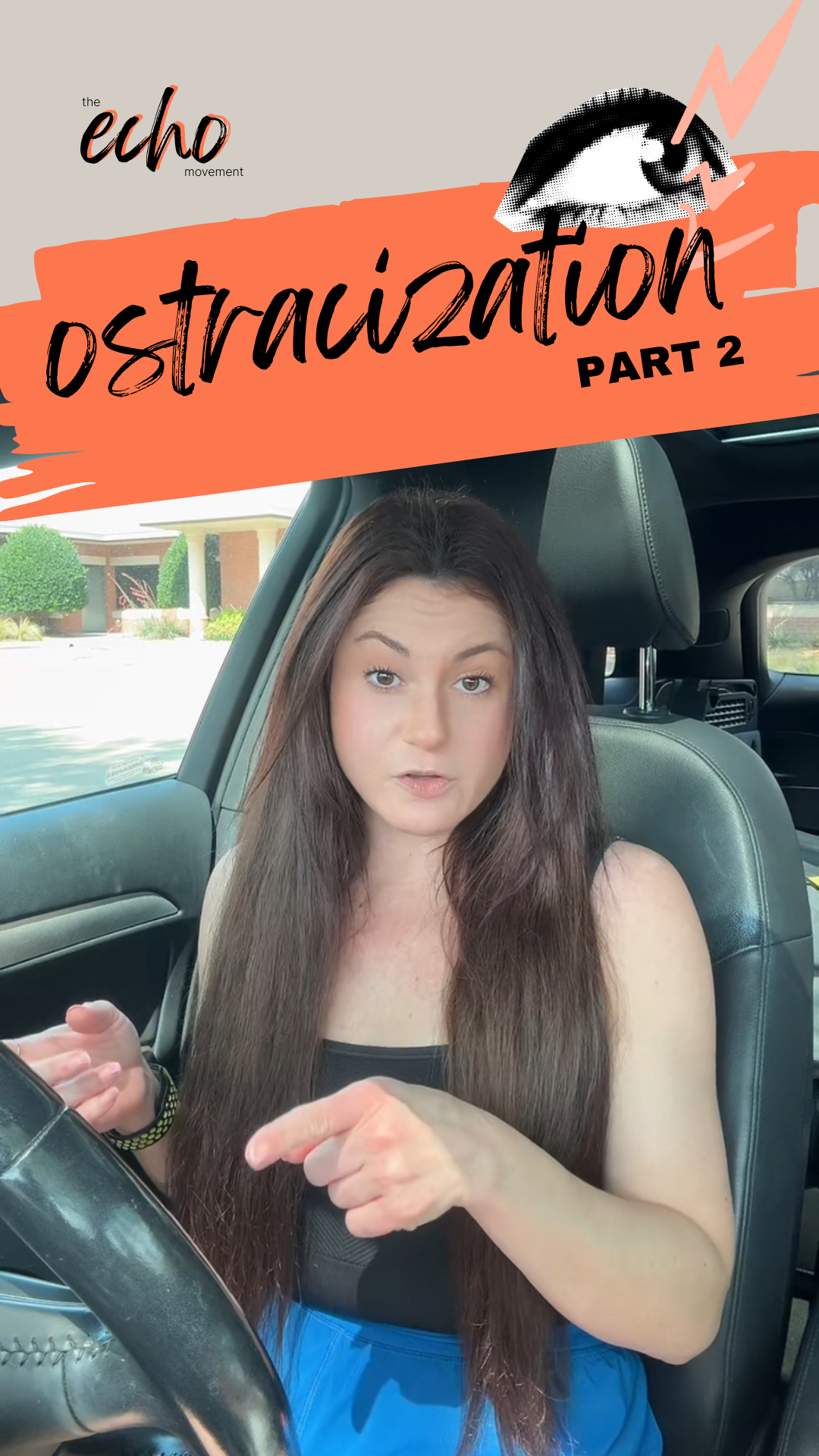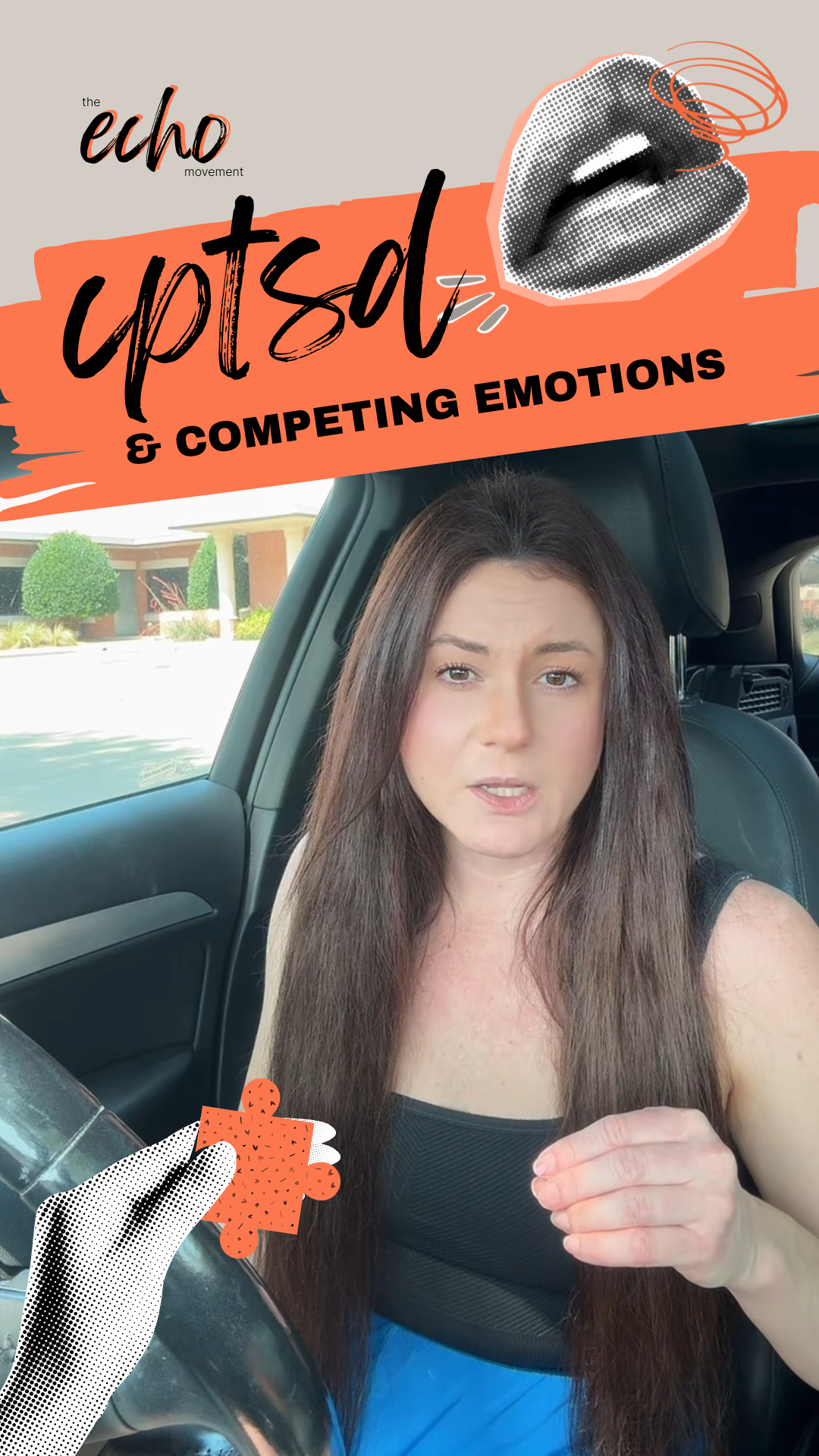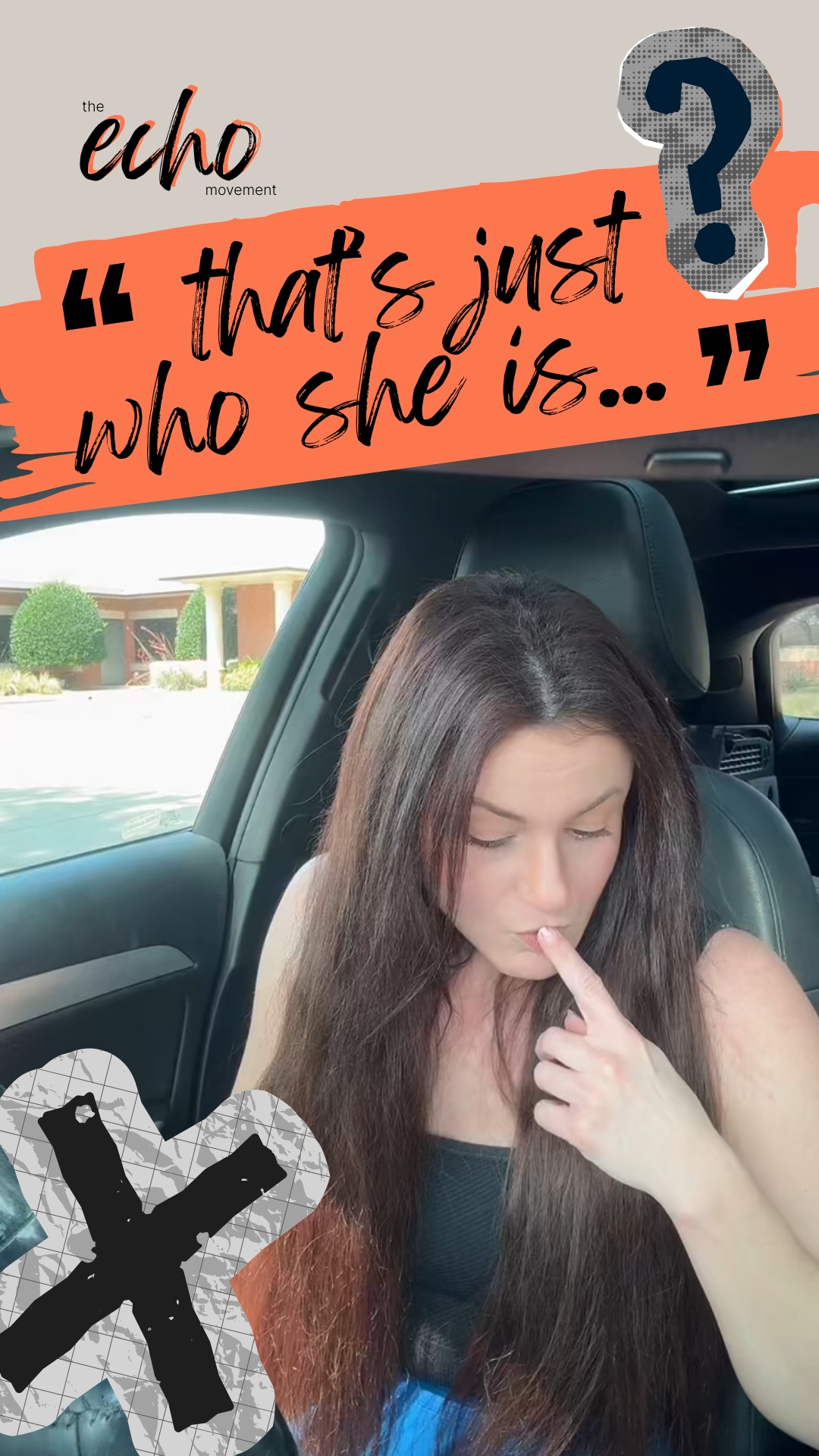Bullies and narcissists don’t always attack head-on. Some of the most damaging forms of abuse come through dog whistling tactics, subtle, coded jabs that only the target understands. To everyone else, the comments look harmless, even playful. But their goal is simple: to make you react so that you look like the problem while they maintain their image.
What Is Dog Whistling in Bullying?
Dog whistling is a form of covert bullying and manipulation where the abuser uses coded language, inside jokes, or subtle digs that only the target recognizes. This makes it difficult to call out without looking “oversensitive,” which is exactly what the bully wants.
This tactic is commonly used in:
- Workplace bullying (see our full page on Workplace Bullying)
- Family dynamics like triangulation and covert abuse
- Friend groups or relational bullying where image management is everything
“Dogwhistles are a powerful form of political speech, allowing people to be manipulated in ways they would resist if the manipulation was carried outmore openly…”
— Jennifer Saul, Dogwhistles, Political Manipulation, and Philosophy of Language (Oxford Academic)
Common Dog Whistling Tactics Bullies Use
Inside Jokes or Sarcastic Nicknames
Example: Calling you “Sunshine” in a sarcastic tone. Outsiders think it’s playful, but you know it’s meant to cut.
Backhanded Compliments
Example: “You’re really smart… for someone like you.” Framed as flattery, but designed to belittle.
Tone Policing
They provoke until you react, then dismiss you with: “Calm down, you’re overreacting.” This is a classic bait-and-trap.
Triangulation Comments
Example: “Sarah never has a problem with this.” Subtle comparison meant to pit you against someone else.
Public Innocence, Private Provocation
Cruel in private, charming in public. Outsiders see them as supportive; you’re left looking unstable.
Why Dog Whistling Works
Dog whistles are coded insults designed to:
- Trigger an emotional reaction from the target
- Protect the bully’s public image
- Undermine the victim’s credibility by making them look “too sensitive”
This is why covert bullying is so dangerous, it creates plausible deniability for the bully and leaves the victim questioning themselves.
Research shows that emotional abuse and covert bullying can lead to the same trauma symptoms as overt bullying, including PTSD and complex PTSD (Cyberbullying Research Center).
How Dog Whistling Connects to Reactive Abuse
One of the main goals of dog whistling is to provoke a reaction. The bully uses subtle jabs or coded insults knowing they’ll sting, but because outsiders don’t recognize them as abuse, the victim’s response often looks “out of proportion.”
This sets the stage for reactive abuse, when the victim finally reacts in anger, frustration, or defensiveness, and the bully flips the script to claim: “See? They’re the abusive one.”
For example:
- A bully repeatedly uses a sarcastic nickname in public.
- You finally snap and tell them to stop.
- Suddenly, you’re painted as the one who “can’t take a joke” or is “too emotional.”
Dog whistling and reactive abuse go hand-in-hand because both rely on distorting the narrative. The bully keeps their hands clean, while the target is left appearing unstable or aggressive.
The Best Defense Against Dog Whistling
The most effective way to fight back isn’t to react, it’s to recognize the game and refuse to play it. By naming the tactic and stepping out of the role they’ve cast you in, you take away their power.
Let’s make an echo that says: exposure ends their control.






